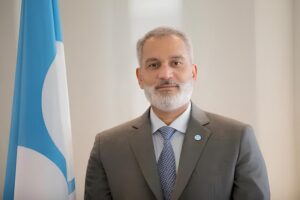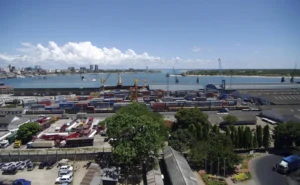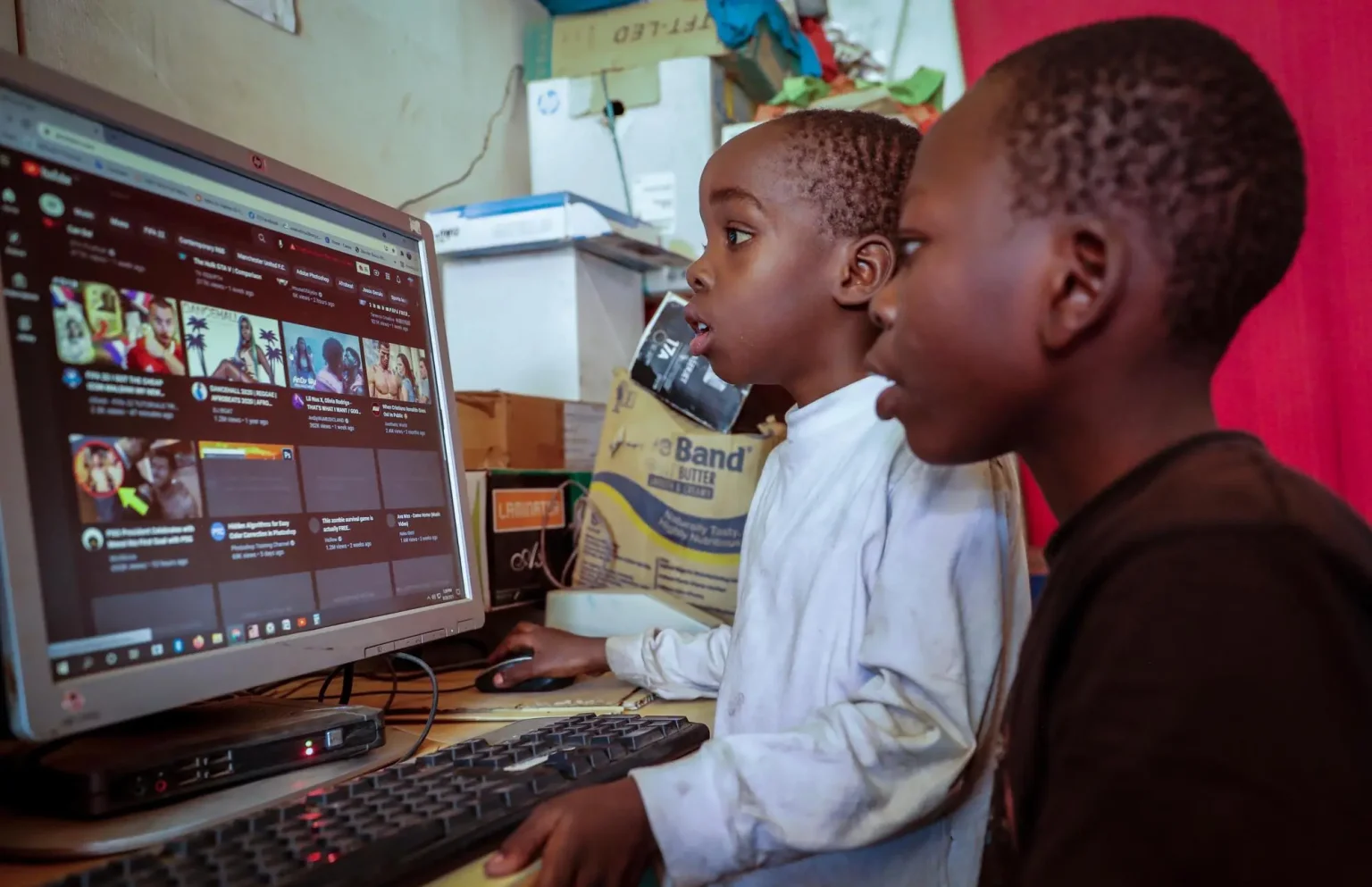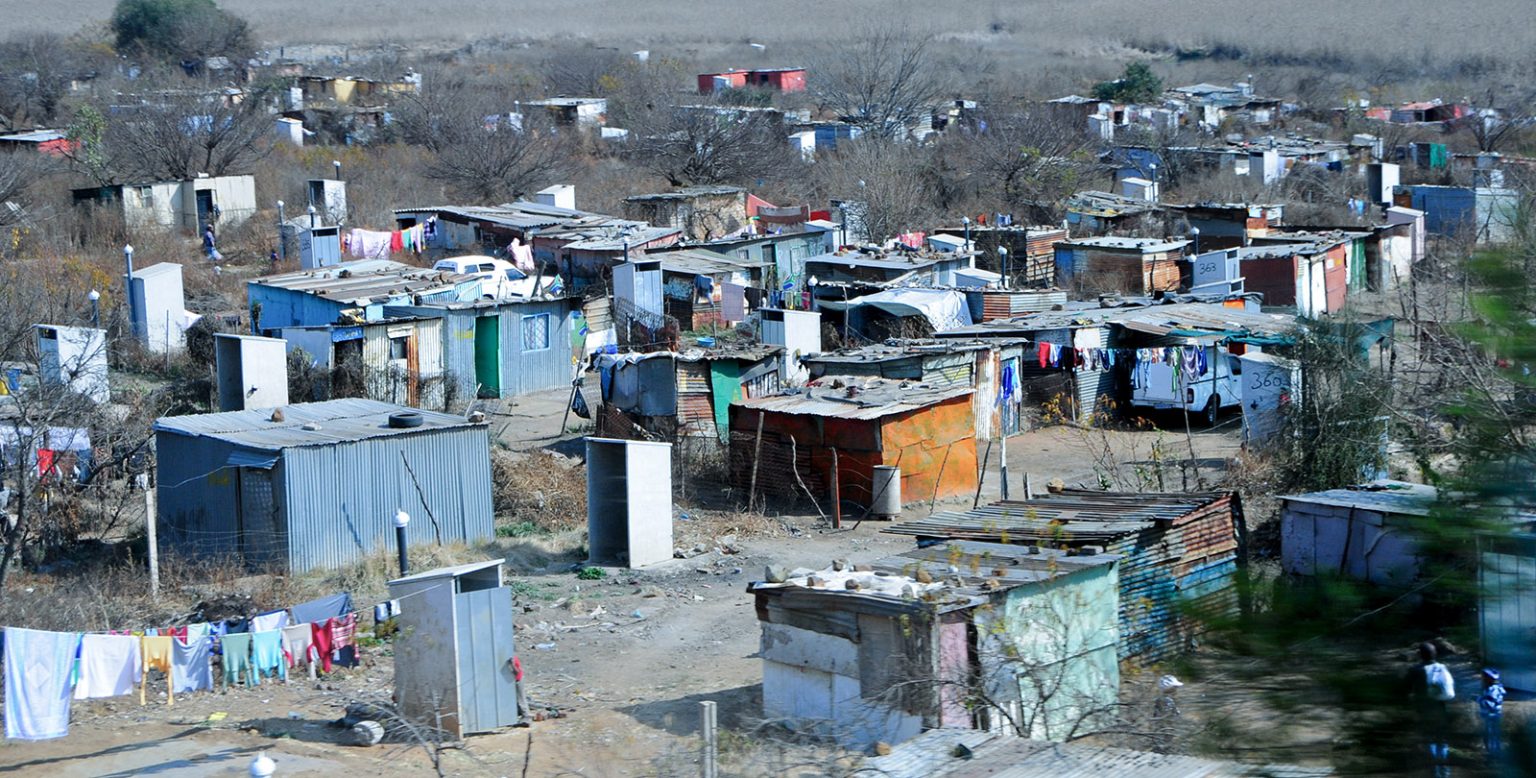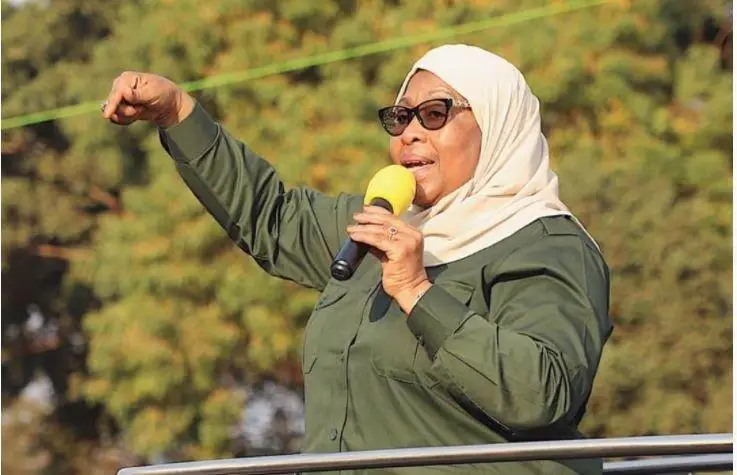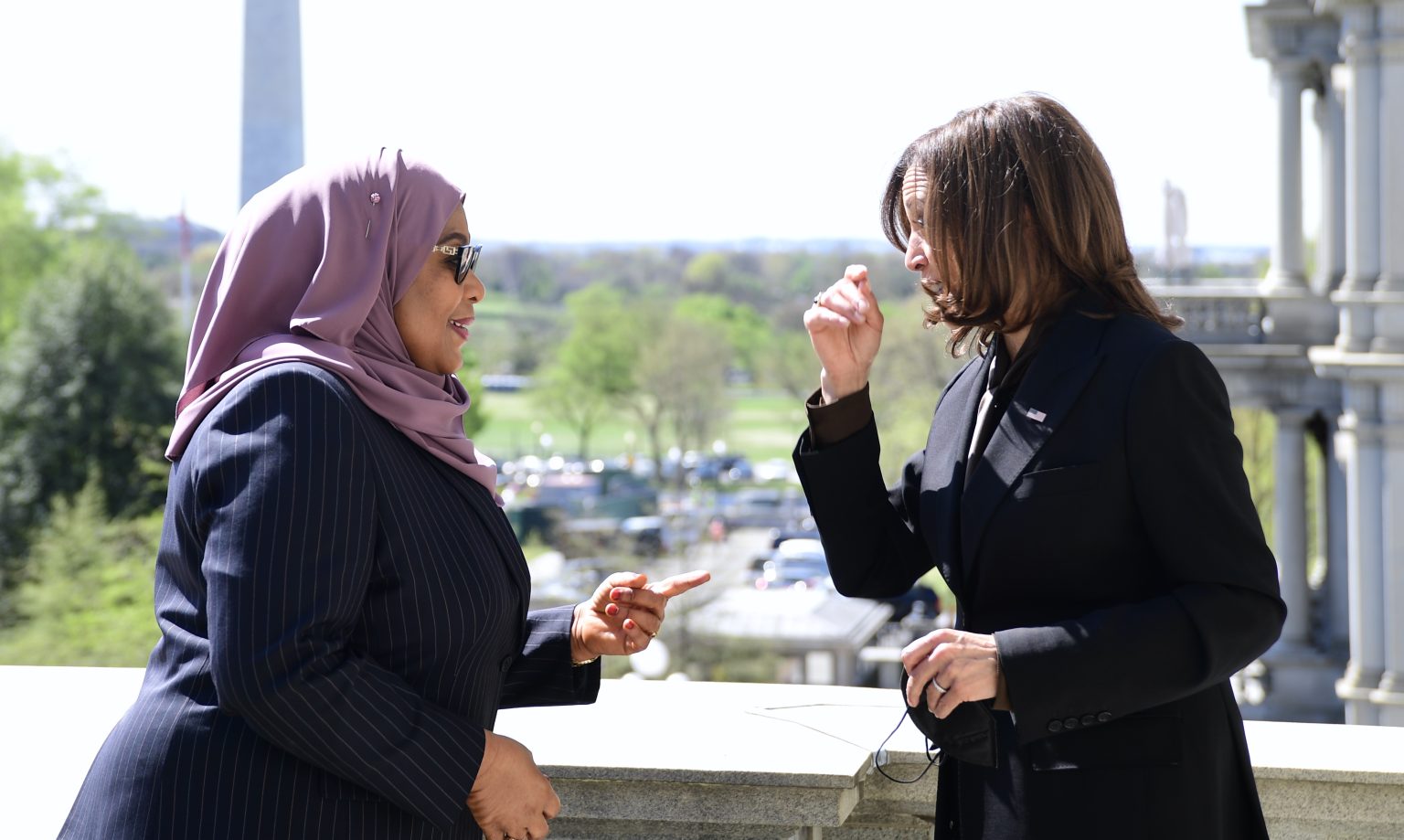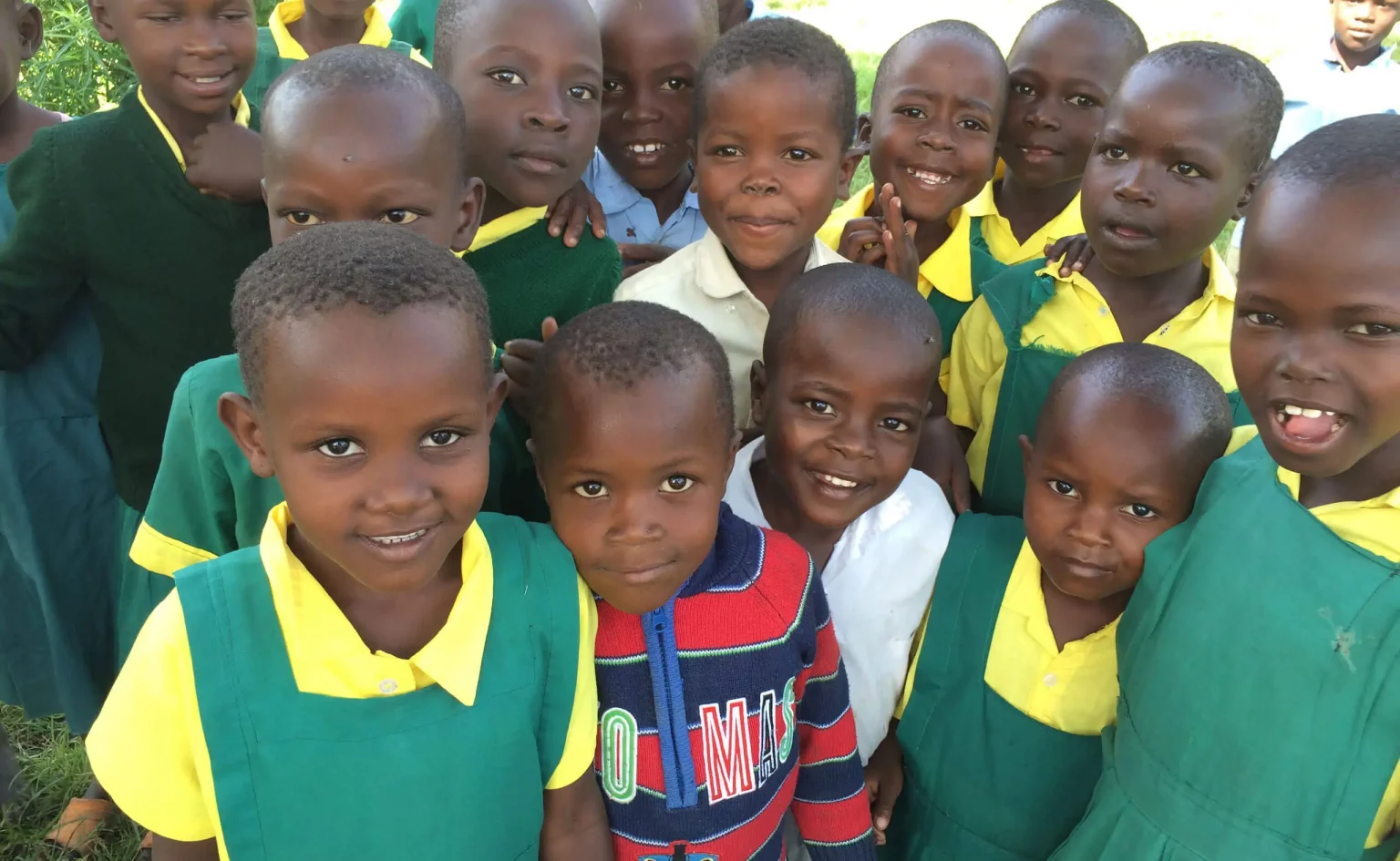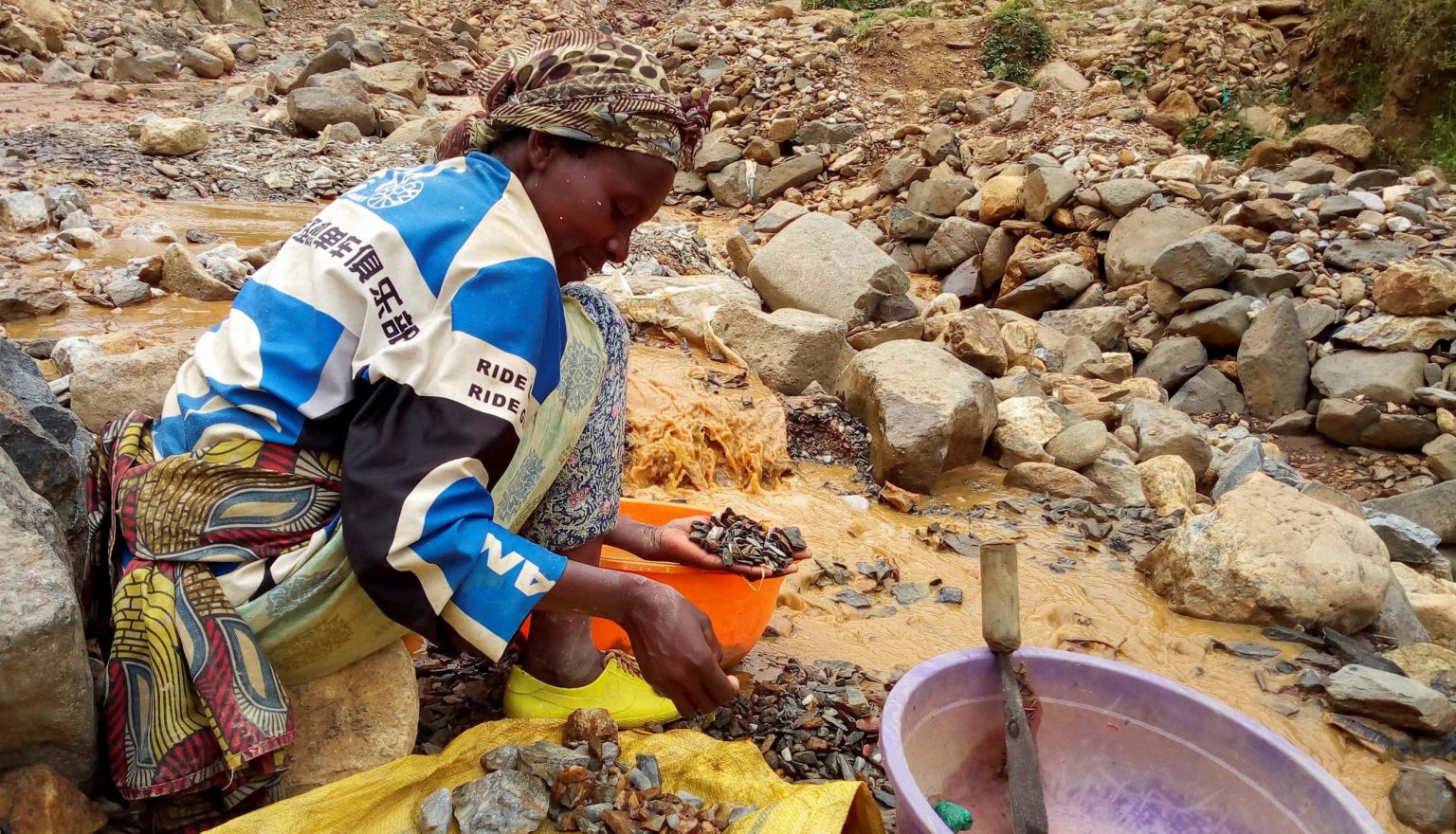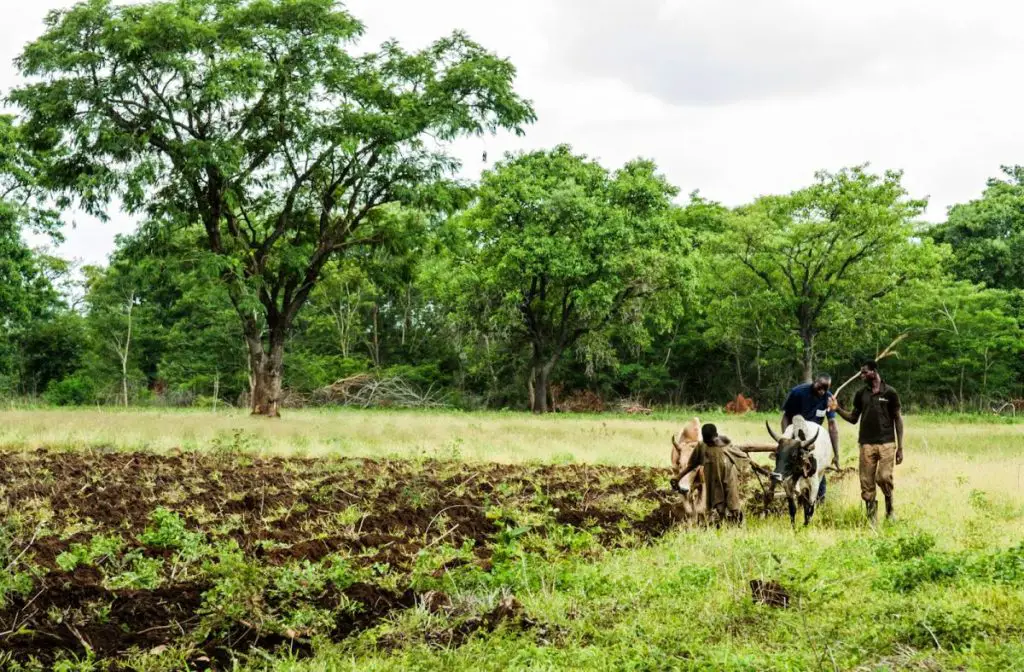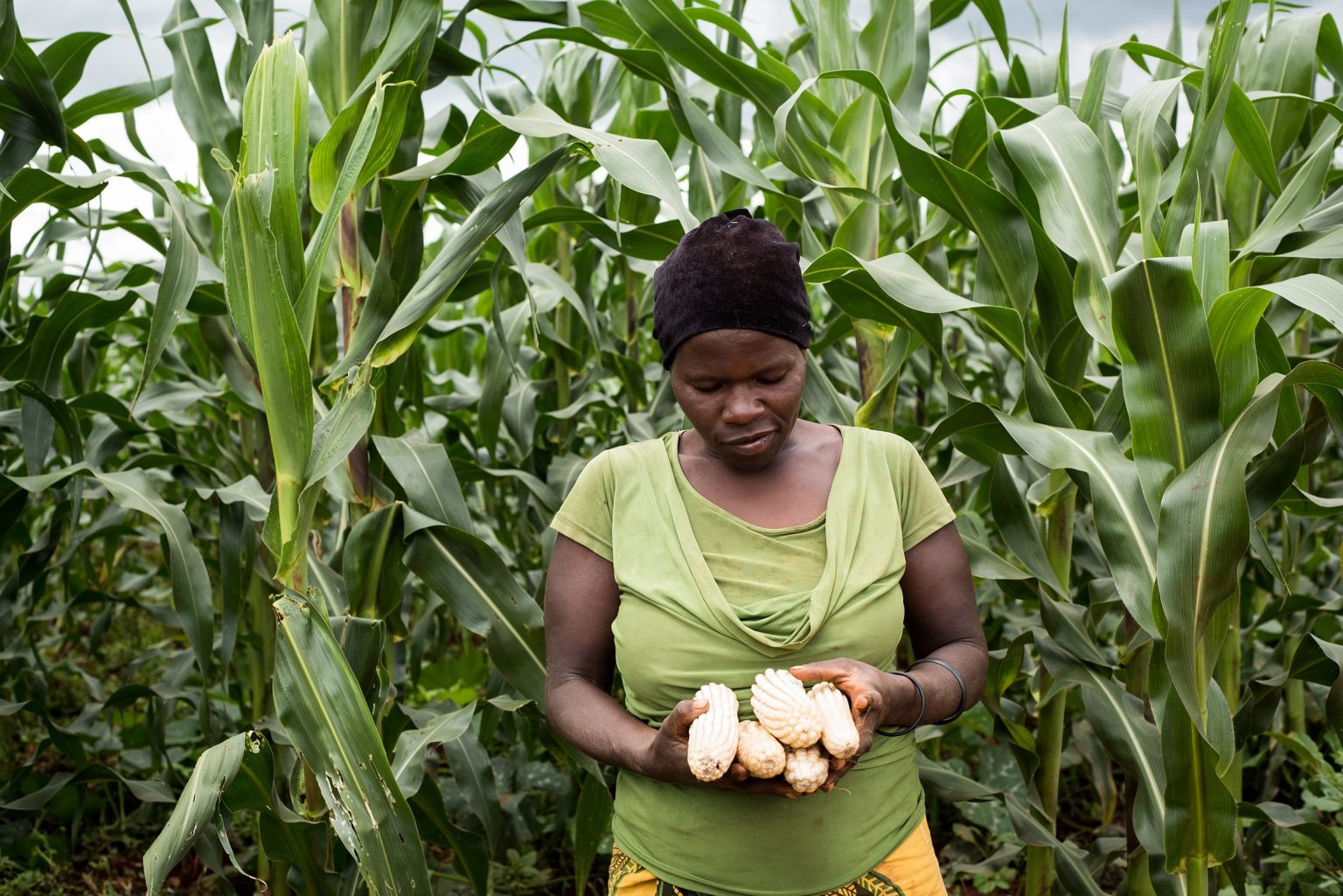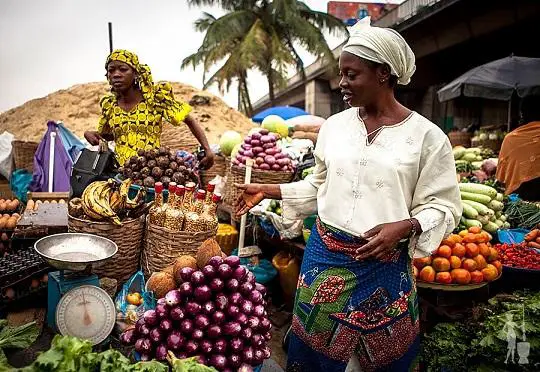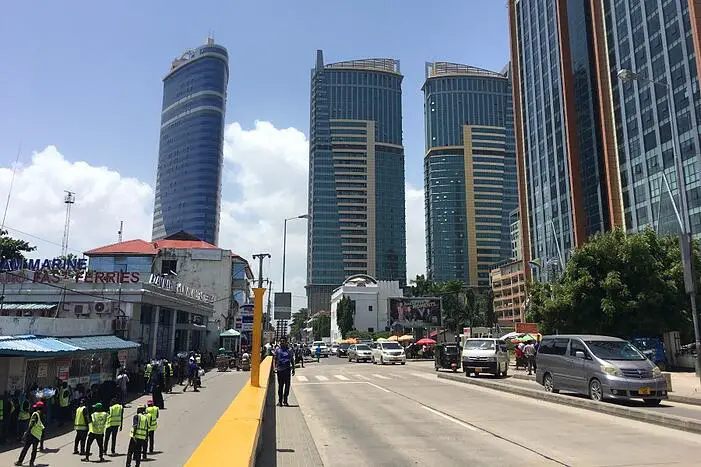- New $900,000 initiative aims to boost sustainable trade in Tanzania
- Organization of the Petroleum Exporting Countries’ (OPEC) pride in its African roots
- AIM Global Foundation pushes for stronger Gulf-Africa trade partnerships
- Investment opportunities in South Sudan’s emerging gold industry
- Family planning drive in Kenya gets 450,000 self-injectable contraceptive doses from UK
- AfDB commits $2 billion to revolutionise clean cooking in Africa, save forests
- The harsh realities of family laws for African women revealed
- Kenyan home buyers shift preferences, seek affordable housing despite market downturn
Author: Padili Mikomangwa
Padili Mikomangwa is an environmentalist based in Tanzania. . He is passionate about helping communities be aware of critical issues cutting across, environmental economics and natural resources management. He holds a bachelors degree in Geography and Environmental Studies from University of Dar es Salaam, Tanzania.
- The continent internet economy can reach $180 billion by 2025, accounting for 5.2 per cent of Africa’s GDP
- Africa’s access to the internet stands at 40 per cent, according to Google
- With more than 1.3 billion people, Africa lags behind the rest of the world in internet connectivity as it has only 22 per cent in connectivity
Africa’s digital economy is expanding quite fast. The continent internet economy can reach $180 billion by 2025, accounting for 5.2 per cent of Africa’s GDP, according to information from IFC.
Doubling down on the latter, by 2050, the projected potential contribution could reach $712 billion, 8.5 per cent of the continent’s GDP (IFC). Internet in Africa is the new gold as it facilitates the growth of technology-driven sectors, transforming communities’ economies.
Internet in Africa is transforming economies of fast-growing countries that also record a large share of internet users in the region, such …
Global poverty is not only the current threat to the progression of humanity. Inequality is yet another block that spikes the fire.
According to Oxfam, even after the pandemic threw higher costs of life to communities worldwide, the wealth billionaires own risen sharply compared to 14 years ago.
In this case, South Africa presents an exciting take to analyze. South Africa is an unequal country in the world.
In the second top economy in Africa, race plays a crucial factor in fueling inequality, where 10 per cent of the population owns more than 80 per cent of the wealth, according to information from Aljazeera.
On the governmental level, complications may arise when handling mass starvation and social cohesion for millions of people in locked nations in East Africa, Yemen, Syria and the Sahel.…
- The Royal Tour documentary features the respected US travel journalist Peter Greenberg
- President Samia drove a manual gear vehicle for the first time in ten years
- The documentary is slated to be viewed on Apple TV Plus and Amazon Prime
Tanzania’s tourism industry is targeting to improve visitor numbers after President Samia Suluhu Hassan launched the anticipated Tanzania Royal Tour documentary in New York on Monday.
President Suluhu Hassan’s Royal Tour is yet another milestone executed to enhance tourism in Tanzania. The documentary titled, Tanzania: The Royal Tour, is a series of global television events hosted by Peter Greenberg with President Suluhu Hassan as his exceptional guide—who exposes the rich nature of her nation’s tourism via her leadership eye.
During the premiere of the documentary, President Suluhu Hassan took the liberty to assure millions of potential tourists once again that Tanzania is the best place to spend their vacation, “We …
President Suluhu Hassan has welcomed American investors in her bid to “set the tone for creating the safe lending for investors”.
By 2021, Tanzania led in East Africa in the number of FDI attracted from the US to Tanzania, followed by Kenya and Uganda.
Over the past years, there was deterioration in Tanzania’s business and investment sector that marred the nation’s attractiveness.
The latter brought Tanzania to rank 141 out of 190 countries on the 2020 World Bank Ease of Doing Business Report, which the International Trade Administration argued to be the lowest among the nation’s peers.
Hence, President Suluhu Hassan’s administration is addressing the latter. Her government has now substantially improved cross border trading with its neighbouring nations, dealing with unrealistic taxes, unnecessary bureaucracy, delayed refunds and unfriendly administration of taxes.…
AKF has a very deep-rooted history of funding education initiatives in Africa. This effort is one of many funding partnerships that give life to education programs in the region and eliminate illiteracy within communities.
Gone are the days of education being an overlooked sector. Over the past decade, funding for education has assumed a critical shape.
Aga Khan Development Network (AKDN) has been investing in education in Africa for several decades, from the early stages of learning to the university level.
AKDN has contributed to enhancing education systems in Uganda, Tanzania and Kenya with the support of partners—the network has reached 1,300 public schools, trained 6,00 teachers, and reached 500,000 students.…
- Angola has discovered demanded rare earth minerals for vehicles and wind-farms making
- Angola targets to become the largest diamond producer in the world by 2023
- Gold production is another section Angola eyes to explore
Angola is shaping the face of mining in Africa. It stands out as one of the continent’s most vibrant economies working towards diversifying its economy. As one of the leading energy producers on the continent, Angola has a unique potential for minerals mining as well. Angola is widely known for its vibrant diamond mining operations that pump life into its economy. Angola Exploration Mining Resources, FERRANGOL, Petril Phosphates, Minbos Resources, ITM Mining, Lumanhe, ENDIAMA and Axactor are top miners propelling Angola mining sector to prosperity.
The current government of Angola is striving to observe robust policies and build a strong mining industry to overcome negative effects that may lead to an over-dependence on natural resources. …
- Cocoa is a signature cash-crop for Ivory Coast
- US Department of Agriculture slated to invest $61 million in Ivory Coast cashew nut
- Ivory Coast economy is forecasted to expand by 6.7 percent in 2022
Ivory Coast is one of Africa’s largest farms. More than 60 per cent of the national territory is dedicated as arable agricultural land. Ivory Coast is one of the largest economies in the West African Economic and Monetary Union, and agriculture is its backbone. Cocoa production is the blood pumping through the economic veins of the Ivory Coast. The West African nation is not only the largest producer of Cocoa in the region but globally (contributing around 30 per cent).
In 2020/2021, Ivory Coast produced 2.15 million metric tonnes of cocoa beans. In Ivory Coast, the share of agriculture to the economy stood at 21.39 per cent in 2020.
The West African nation of more …
- Agriculture is contributes 23 percent of African GDP, Mckinsey 2019
- At least 43.8 percent of people are employed in the agriculture sector
- Only 5-6 percent of arable land in Africa is irrigated
Agriculture in Africa has not only an economic value but a cultural significance. It is time to transform the economy and lives of African farmers. Africa is home to nearly 60 percent of the world’s arable land. Over the past decade, African agriculture has faced a number of shocks which beg for technological transformation. Farming in Africa contributes greatly to the welfare of most rural-based populations.
Despite the standing potential, productivity in Africa is lagging; hence, the role of modern technology stands to draw billions into it.Africa imports some food items abroad, such as wheat from war-entangled nations Ukraine and Russia, causing severe food insecurity issues for financially constrained nations such as Sudan.
Agriculture is not only the …
On a broader scale, the United Nations argued that sub-Saharan Africa loses $95 billion yearly because of the gender gap in the labour market.
Multiple entities are recording the contribution of women to the Tanzania economy, including the National Bureau of Statistics (NBS).
The NBS argue that 65 per cent of farmers are women and women head 33 per cent of households; political processes that promote women are mounting up over the decades.
Around 36 per cent of the national parliamentarians are women—however, legislative and financial barriers, as well as gender norms, hinder advancement.
On the other side of the fence, World Bank argues that Tanzania has made vital strides in expanding women’s economic opportunities over the past two decades.
“The female labour-force participation rate rose from 67 per cent in 2000 to 80 per cent in 2019, well above the average of 63 per cent for sub-Saharan Africa and …
Thanks to the credit extended by BoT, the private sector credit maintained a strong recovery pace, recording an annual growth of 10 per cent, the same as in the preceding month, and significantly higher than the 2.6 per cent recorded in January 2021.
The central bank report noted that accommodative monetary policy had catapulted good performance of the sector. Money supply growth was strong in January 2022 and consistent with the target of 10 per cent for 2021/2022.
“Extended broad money supply (M3) grew at an annual rate of 14.9 per cent compared with 15.5 per cent in the preceding month.”
The review unequivocally pointed out that the growth rate was more than twofold of the outturn in the corresponding period in 2021.…

